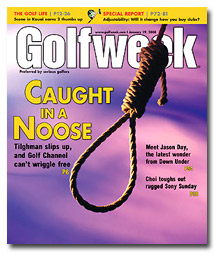 :
:
As I survive my sixth layoff in five years, I question the future of photojournalism and am worried about the path we are headed down. Almost every newspaper in the county has laid off, bought out or done away with positions in the last few years. Everyone is trying to cut back on expenses, trim the fat, and keep profit margins up as the economy starts to take a dive. “This is necessary, these are hard times, it has to be done,” we’re told. Newspapers cannot afford to have investigative reporters, or fat staffs, or experienced journalists with higher salaries.
Check it out here.







 :
:




 :
: :
:

